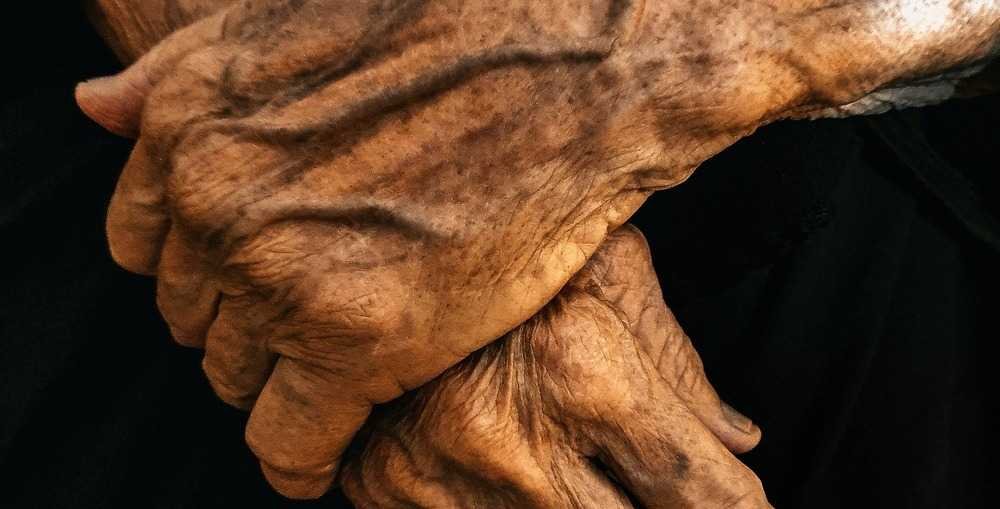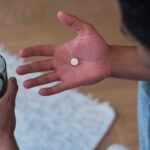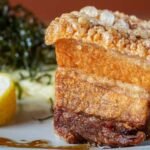
What to Do If You Have Early Varicose Veins? Varicose Vein Symptoms, Treatment, and 8 Improvement Methods
Modern people often feel swelling, weakness or cramping in their legs due to sitting and standing for long periods of time, and even veins appearing like blue spider webs.
Varicose veins not only affect the appearance, but if left untreated for a long time, varicose veins will seriously affect life, cause discomfort, and even develop into recurring ulcers. What are the causes of varicose veins, what are their symptoms, and which department should I see for treatment? This article takes you through 8 major prevention methods and 3 major treatments to help you stay away from the trouble of varicose veins.
What are varicose veins? Understanding venous aneurysms
Varicose veins are also called venous aneurysms. When the veins are compressed or the valves are not closed tightly, the blood will flow backwards, increasing the internal pressure, causing the wall to expand and become cystic; most of them appear in the legs. If they appear in the Around the anus, it is called hemorrhoids.
Why do varicose veins easily appear in the legs? Normally, the veins in the legs carry blood from the lower limbs back to the heart, and the valves in the blood vessels prevent backflow of blood. When the valves fail to function properly, blood pools in the legs and cannot flow back to the heart, causing the veins in the legs to thicken and expand, forming varicose veins.
Varicose veins are partly caused by physical constitution and genetics, but the following factors can also cause varicose veins:
- leg vein thrombosis
- leg injury
- Pregnant
- weight gain
- People who often wear high heels
- Work that involves standing or sitting for long periods of time
The initial symptoms of varicose veins are not obvious. Look at the 3 major symptoms at once
The initial symptoms of varicose veins are less obvious, but if they persist for a long time, the following symptoms may appear:
- Swelling, heaviness, and soreness in the calves and ankles:
The feeling is usually particularly strong toward the end of the day, and the lower limbs such as calves and ankles feel heaviness and swelling. - Appearance of blue, swollen veins:
Initially, spider web-like veins and small red blood vessels will appear. Later, the veins will begin to swell, become larger and appear blue, and centipede-like lines will emerge from the legs. - Venous ulcers:
These are severe varicose veins that usually occur in the ankles and may be painful or leaking fluid.

Varicose veins are divided into seven stages
- Stage 0: No Problem with Venous Disease
- Stage 1: Microvascular filaments or spider veins begin to appear
- Stage 2: Varicose veins (vessel diameter greater than 3mm when standing)
- Stage 3: Edema in the ankles
- Stage 4: There are skin changes, including hemorrhagic dermatitis, pigmentation, skin inflammation, redness, atrophy, and hardening.
- Stage 5: The veins emerge and ulcers appear, which may recur.
- Stage 6: Open venous wounds appear.
Varicose veins are symptoms that are easily ignored. Although the symptoms are mild, they will not have much impact on life. However, if they are not improved immediately, the symptoms may worsen day by day. In severe cases, the following complications may occur:
- Chronic wounds heal slowly (cellulitis in severe cases)
- Enlarged vein suddenly bursts and bleeds
- hemorrhagic dermatitis
- Phlebitis, deep vein thrombosis, pulmonary embolism
Which department should I see for varicose veins?
Patients with varicose veins can choose cardiovascular surgery for examination. Although each hospital has different departments, they are generally divided into cardiology, vascular surgery, or cardiovascular surgery. Cardiology is responsible for problems surrounding the heart, such as hypertension, hyperlipidemia, heart disease, etc.; vascular surgery is responsible for examining arterial obstruction, venous embolism, varicose veins, or peripheral vascular disease.
How to prevent varicose veins? 8 suggestions for improvement
For the prevention of varicose veins and health care methods, the following suggestions are provided:
- Avoid crossing your feet and standing for long periods of time:
When sitting, keep your knees flat and do not cross them to reduce compression of the knee and popliteal veins, and avoid standing for long periods of time to prevent increased venous pressure. - Avoid sitting for long periods of time:
If you sit still for a long time, the return of blood in the lower limbs still has to overcome gravity. Therefore, raising your legs occasionally to activate the muscle pump to help the veins return blood to the heart is still the only way to prevent varicose veins. - Correct diet:
It is recommended to consume more high-protein and high-vitamin C foods to facilitate wound healing. - Do not wear elastic bandages for a long time:
Some patients are accustomed to wearing tight-fitting and high-density socks for a long time due to work or aesthetic needs. It is recommended that they should be removed at least before going to bed every day. If you wear a bandage due to a wound, you should clean the affected limb after removing it, wipe the affected area with betadine, and observe whether there is redness, swelling, heat, pain, etc. - Weight control:
Being overweight can easily cause varicose veins in the lower limbs and sides due to gravity. - Elevate your calves when resting or sleeping:
When sleeping or resting, raise your legs about 30 degrees above your heart (about the height of a pillow), which can help send venous blood back to the heart and slow down the symptoms of varicose veins. - Strengthen the muscles of the legs and feet:
You can engage in more exercises such as cycling, dancing, swimming and walking to strengthen the muscles of the legs and feet and prevent or improve the existing symptoms of varicose veins. - Leg massage:
It can be combined with lotion or firming cream, and massage the acupuncture points around the feet, ankles, calves, knees and thighs from bottom to top, for about 30 minutes each time. It can help relieve pain and promote perivascular lymph nodes. However, special attention should be paid to not massaging along the varicose veins. Not only will it have no effect, it may even cause the risk of ectopic thrombus.
3 ways to treat major varicose veins
Currently, most patients with varicose veins still rely on surgery, supplemented by medications or functional elastic stockings to improve the condition. The following three methods are the most common:
- Special socks and bandages:
- “Compression stockings”, also known as “elastic stockings,” fit snugly around the ankles and affected areas of the legs.
- A “compression bandage” is a layer of bandage wrapped around the leg.
- A “compression pump” is a device that automatically squeezes your legs every few minutes. Special dressings are placed over open sores to help them heal.
- “Compression stockings”, also known as “elastic stockings,” fit snugly around the ankles and affected areas of the legs.
- Medication:
Different types of medication are used depending on the patient’s symptoms. For example, in patients who are unable to use compression stockings or bandages, medication-assisted vein patency may be considered. If there is a skin infection, it can be treated with antibiotics. For patients with itchy skin, prescription creams or ointments are recommended. - Surgical treatment:
If other treatments fail to work, doctors often recommend surgery to remove or ablate the damaged vein so that blood no longer accumulates in the affected area. In recent years, minimally invasive surgery can achieve the results of no hospitalization, no general anesthesia, and only minor wounds.












